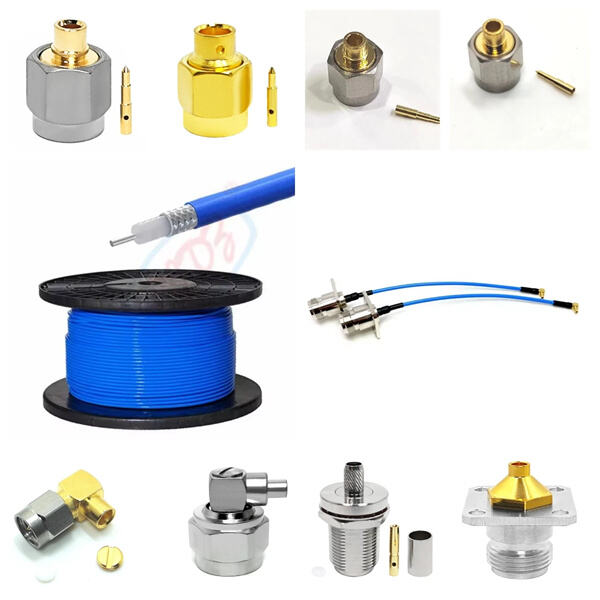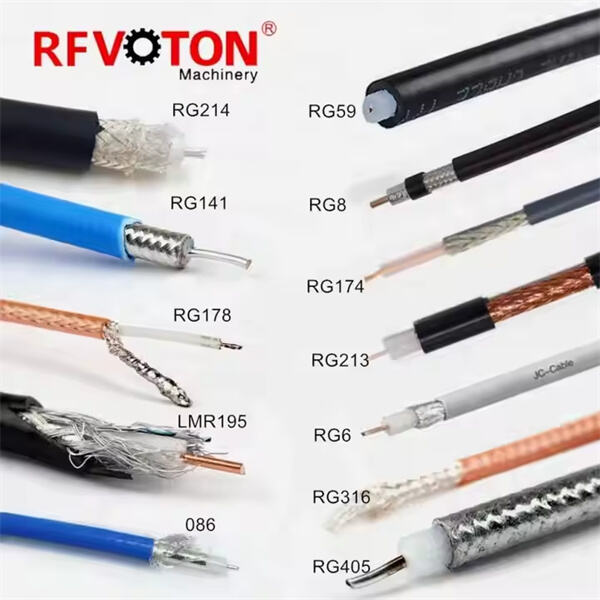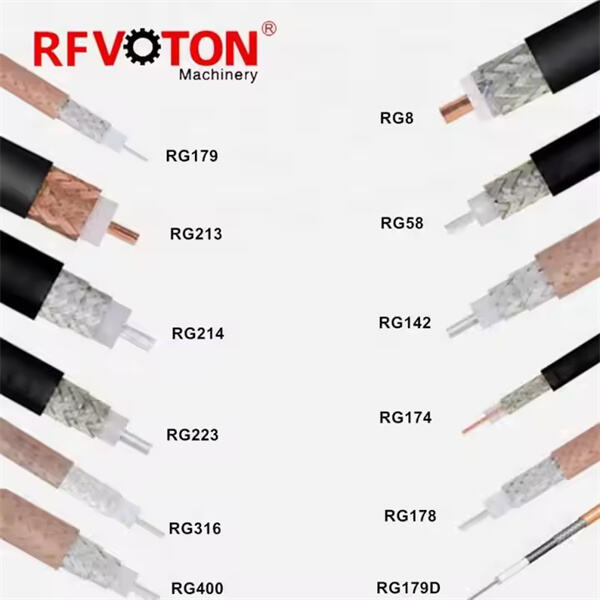RG405 koaksijalni kabel je posebno dizajnirani kabel koji se koristi za prijenos signala s minimalnom interferencijom. Sastoji se od dvije sekcije, centralne i vanjske. Srednji dio, poznat kao voditelj, prenosi signal, dok vanjski dio djeluje kao štit, eliminirajući vanjske buke. To je važno jer interferencija može oslabiti ili izbočiti signale.
Kada je riječ o visokim frekvencijama, poput RF kablova, RG405 koaksijalni kabel često je najbolji izbor. Jer radi bolje na višim frekvencijama nego mnogi drugi vrste koaksijalnih kablova. Više frekvencije znači da mogu se brže prijenositi signali i nositi više informacija. Također ima RG405 kabel koji je super fleksibilan. Ta fleksibilnost ga čini idealnim za koristenje u slučajevima gdje je potrebno savijati, poput rada u uskim prostorima, povezivanja uređaja.
Sada, RG405 koaksijalni kabel je kabel s puno zanimljivih značajki i prednosti koje ga čine savršenim za visokofrekvencijsku upotrebu. Ima nizu gubitaka što je jedno od najvažnijih svojstava. To mu omogućuje da prenosi signale na duga razdaljju bez gubitka jasnoće ili snage. Signali koji putuju dugim rasponima mogu postati slabi, ali RG405 im omogućuje prolazak jačim i jasnijim od većine drugih kabala.
Također, RG405 koaksijalni kabel može izdržati ekstremne temperature. Može funkcionirati u ekstremnim temperaturama, bilo da je previše vruće ili hladno, i dalje pružati signal bez rizika od štete. To ga čini idealnim za vrste projekata koji mogu biti izloženi vrlo teškim vremenskim prilikama, bilo tijekom paočkih ljetnih dana ili podnultih zimskih noćiju.

Sljedeće su neke važne savjete koje bi trebale znati ako koristite RG405 koaksijalni kabel. Prvo, pri korištenju kabela, pokušajte držati kabel što ravnu koliko god moguće. Ovo je važno jer ravni kabel je više vjerojatno da smanji gubitak signala i ometanja, tako da signali koji se šalju duž kabela imaju manje ometanja tijekom putovanja.

Ovo je vrlo osetljiv RG405 koaksijalni kabel, pa s njim obrtajte pažljivo. Izbjegavajte oštre savijanja, čvrstosti ili krčenje kabela; to će oštetiti unutarnje dijelove kabela i smanjiti njegovu kvalitetu. Također je važno da čuvate kabel od vlažnosti, prljave i drugih kontaminata. Ovi faktori mogu utjecati na performanse kabela i probleme mogu se razvijati tijekom vremena.

Razmislite sljedeće koliko dugačak treba biti vaš kabel. Udaljenost može imati utjecaj na način na koji se signali šire, stoga se uvjerite da imate dovoljnu duljinu da prekrije vašu udaljenost. Kada se radi o kablama, okolišne faktore također mogu utjecati na performanse. Na primjer, ako ćete koristiti kabel izvan zgrade ili gdje temperature mogu biti ekstremno hladne ili toplice, uvjerite se da odaberete kabel koji može izdržati te uvjete.